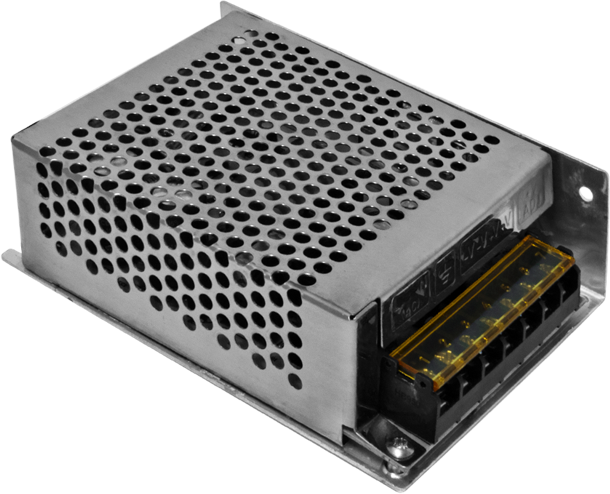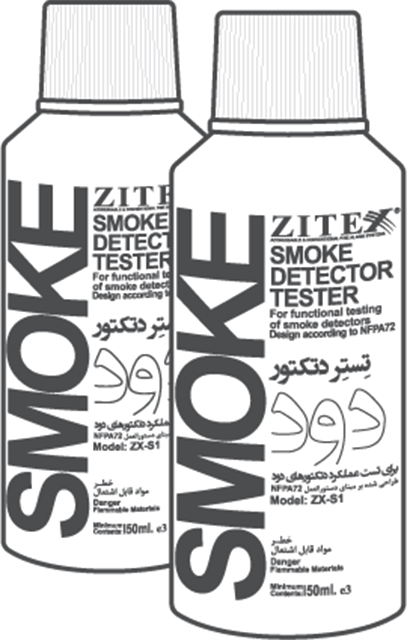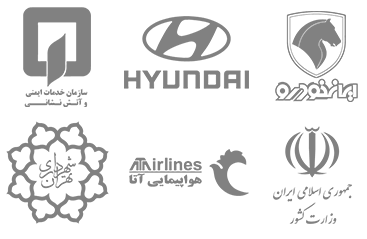

Conventional Control Panels
The fire alarm system is managed by the control panel. The fire alarm control panel receives the signals sent by the detectors and then commands the warning systems.
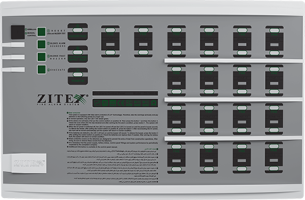
ZX-1800 N
Conventional Control Panel
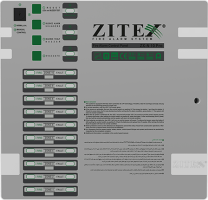
ZX-N 10 Pro
Conventional Control Panel
18-zone conventional fire alarm control panel
36 zones in network mode

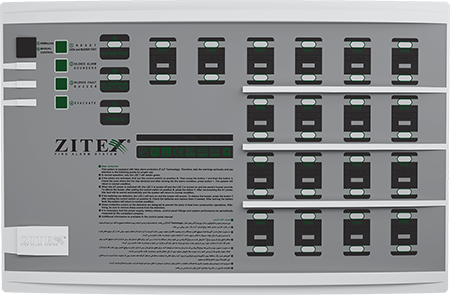
ZX-N 10 Pro
10-zone conventional fire alarm control panel
20 zones in network mode

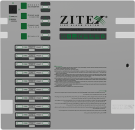
Conventional Detectors
Fire alarm detectors respond to a variety of fire signs, including smoke, heat, gas leaks, flames, or others. Different types of these detectors are used in different environments. The most widely used fire detectors include smoke, heat, combined and gas detectors.
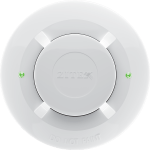
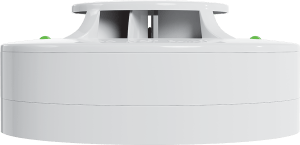
ZI-H 715
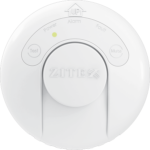
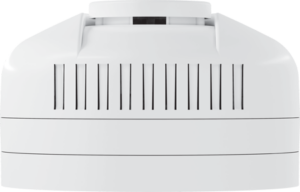
ZI-G 915
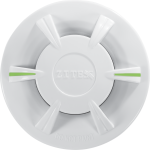
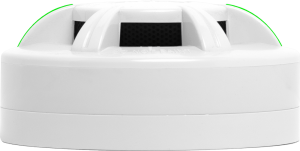
ZI-S 817
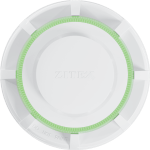
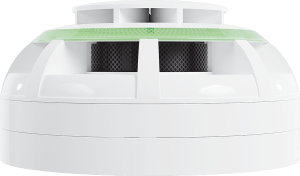
ZI-HSD 1020

Life and financial security against fire
The ZITEX control panel, along with other fire alarm system devices (including detectors, manual call points and sirens), brings you complete security by timely detecting and alarming of the fire.
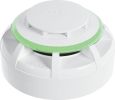
ZI-HSD 1020
Heat & Smoke Detector
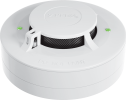
ZI-HSD 1015
Heat & Smoke Detector
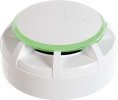
ZI-S 820
Smoke Detector
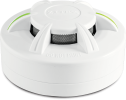
ZI-S 817
Smoke Detector
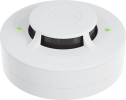
ZI-S 815
Smoke Detector
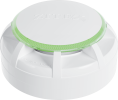
ZI-H 720 ROR
Constant / Incremental Heat Detector

ZI-H 720
Constant Heat Detector
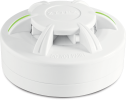
ZI-H 717
Constant / Incremental Heat Detector
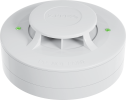
ZI-H 715 ROR
Constant / Incremental Heat Detector

ZI-H 715
Constant Heat Detector
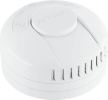
ZI-G 915
Gas Detector
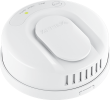
ZI-CO 930
Carbon Monoxide Detector
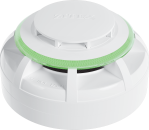
ZI-HSD 1020
Heat & Smoke Detector
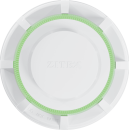
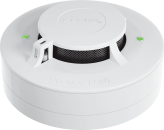
ZI-HSD 1015
Heat & Smoke Detector
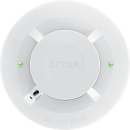
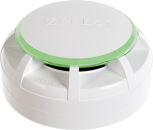
ZI-S 820
Smoke Detector
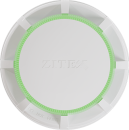
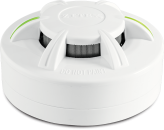
ZI-S 817
Smoke Detector
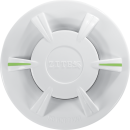
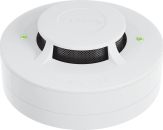
Smoke Detector
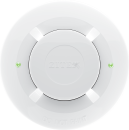
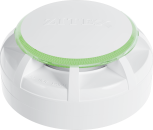
Fixed & RoR Heat Detector
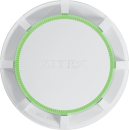

ZI-H 720
Fixed Heat Detector

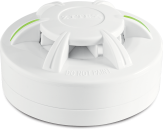
Fixed & RoR Heat Detector
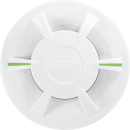
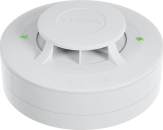
Fixed & RoR Heat Detector
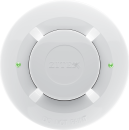

Fixed Heat Detector

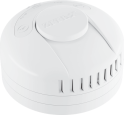
ZI-G 915
Gas Detector
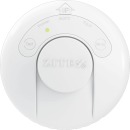
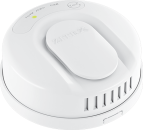
ZI-CO 930
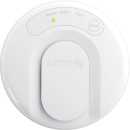
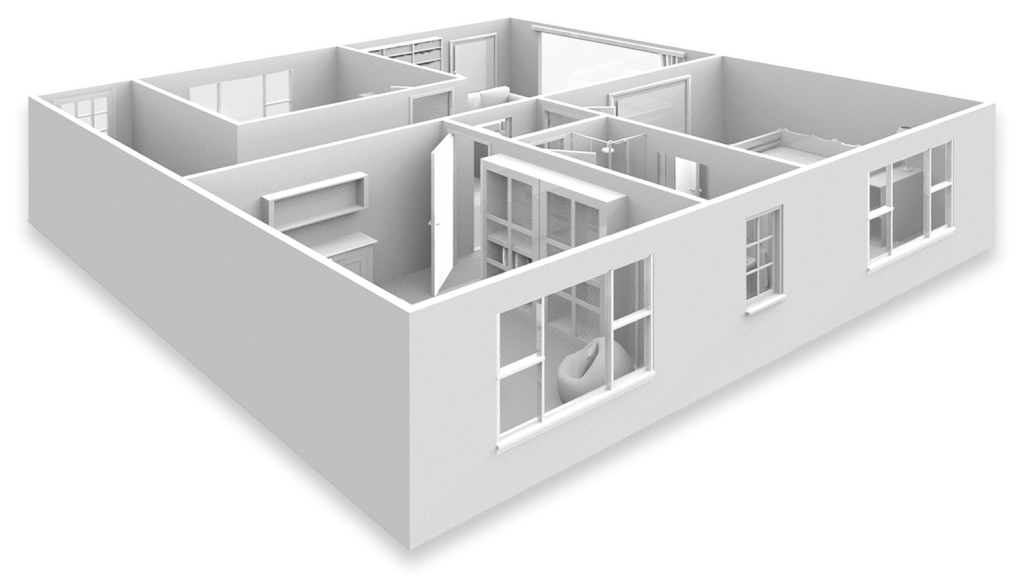
Fire Alarm System
Zitex conventional fire alarm system has the ability to report fire in both smart and manual modes. In smart mode, fire signs are detected by the detector and activate the flasher siren installed in the relevant zone. In manual mode, the person observes the first fire signs. Squeeze the knob installed in the path of the fire and activate the alarm system.
Conventional Manual Call Points
The fire detection process in the fire alarm system is done automatically and manually. In automatic mode, the detectors are responsible for sending the signal to the control panel. In manual mode, the occupants of the building send a signal to the control panel by observing the fire and activating the manual call points, and then the control panel generates warning signals.
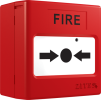
ZI-CP 95
Conventional Call Point
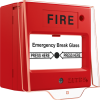
ZI-CP 86
Conventional Call Point
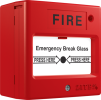
ZI-CP 85
Conventional Call Point
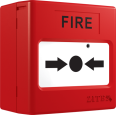
ZI-CP 95
Conventional Call Point
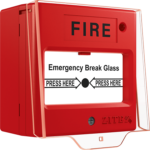
ZI-CP 86
Conventional Call Point
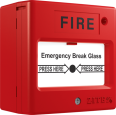
ZI-CP 85
Conventional Call Point
Conventional strobe sirens
Fire alarm strobe sirens are devices that report fire occurring to the residents by generating visual and audible warnings so that people have the ability to take appropriate and timely action against the fire.
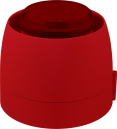
Conventional Strobe Siren
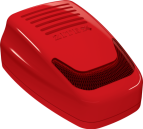
ZI-SS 81
Conventional Strobe Siren

ZI-SS 88
Conventional Strobe Siren
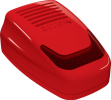
ZI-SS 81
Conventional Strobe Siren
Conventional remote indicator
The remote indicator is used in cases where there is no direct access to the fire alarm device; By installing this equipment, the location of the fire can be identified accurately.
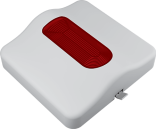
ZI-R 80
Remote Indicator
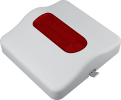
ZI-R 80
Remote Indicator
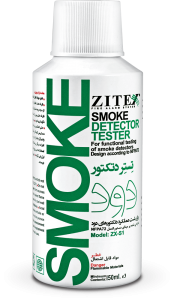
ZX-S 1
ZX-S 1
Smoke detector test spray
This spray is used for engineering and principled testing of smoke detectors at the installation site of these detectors.
ABS body: heat and shock resistant
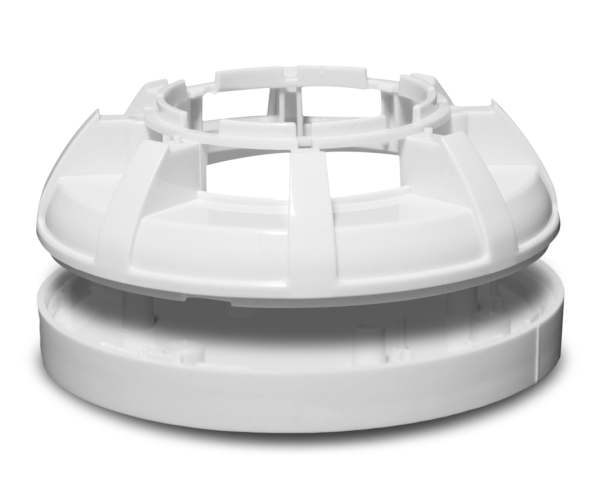

ABS is an amorphous thermoplastic polymer that is suitable for sensitive industries that require hard and durable plastics. The chemical structure of this polymer allows it to be recycled and modified, which reduces the percentage of production error in the plastic injection process. Features such as machinability, good dimensional stability, high heat resistance, resistance against acidic and alkaline oils and chemicals, being dielectric, creep resistance and the ability to combine with other polymers are the main advantages of using ABS in injection.
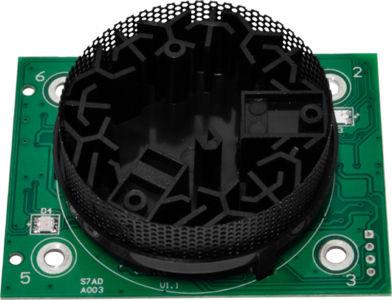

360 degree specialized chamber
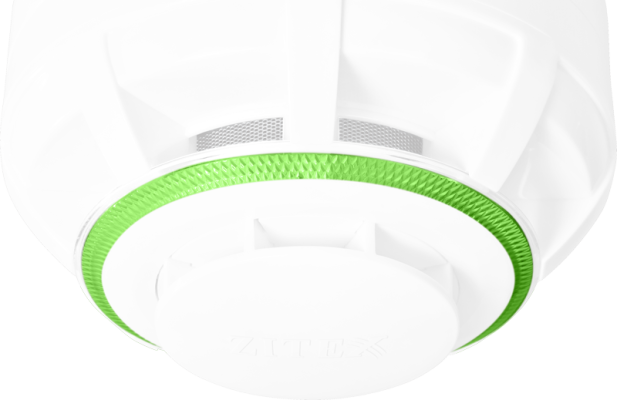

360 degree viewing angle
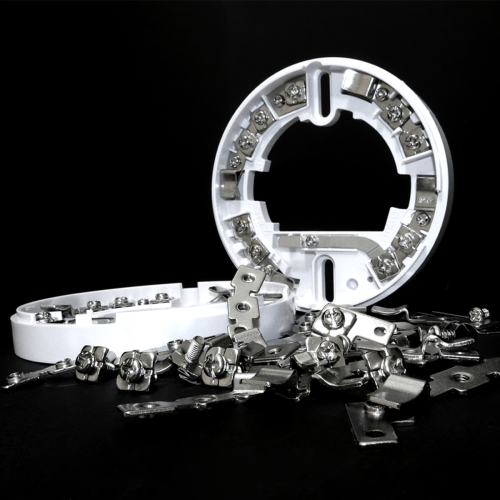
Plating of all metal parts
Chrome plating of all metal parts is done to protect against corrosion and rust caused by exposure to corrosive or humid environments, as well as to increase the life and durability of the product.
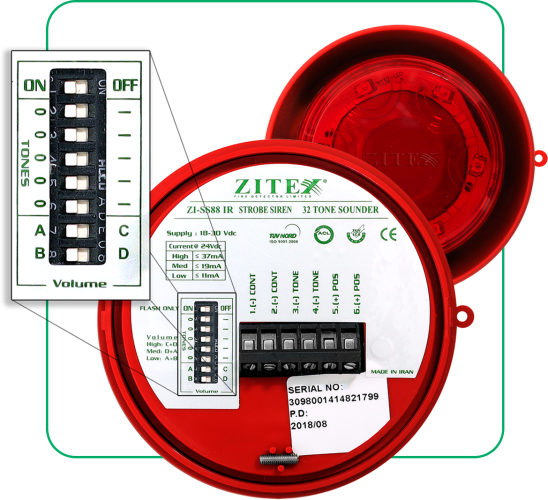
Ability to select 32 tones and 3 different sound levels for different working modes
ZITEX conventional strobe siren (ZI-SS 88) has 32 tones and 3 different sound levels, and in addition, it can be used in 3 modes of strobe siren, only siren and only strobe.
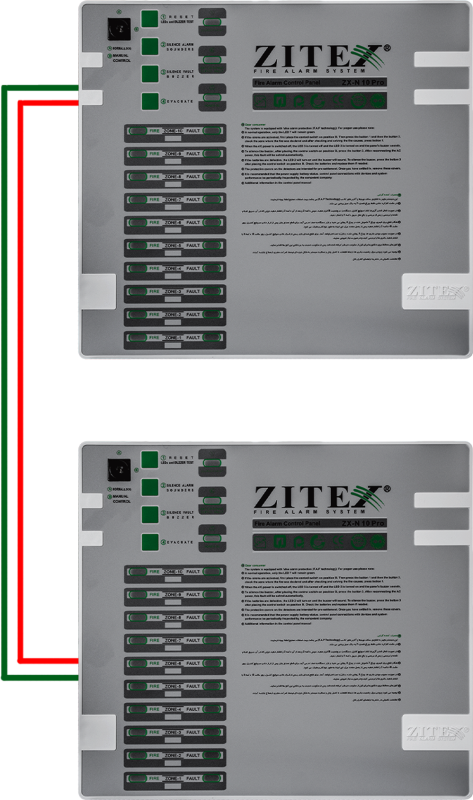
| Number of separate zone outputs | 10X |
| Number of separate zone outputs in network mode | 20X |
| Number of devices that can be installed | 200+ |
| Number of devices that can be installed in network mode | 400+ |

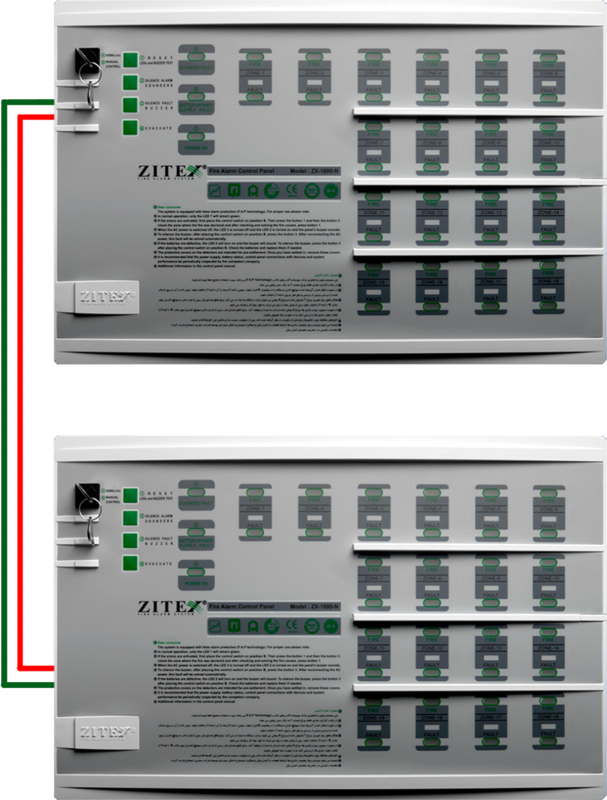
| Number of separate zone outputs | 18X |
| Number of separate zone outputs in network mode | 36X |
| Number of devices that can be installed | 360+ |
| Number of devices that can be installed in network mode | 720+ |

Conventional control panels power supply
The switching power supply used in ZITEX control panels replaces the traditional transformers and has the following advantages:
Less dimensions and weight
Very high and significant efficiency
Very low power dissipation
controlled level of voltage or current
Protection against input voltage drop
Output overvoltage protection
Protection against electromagnetic noise
